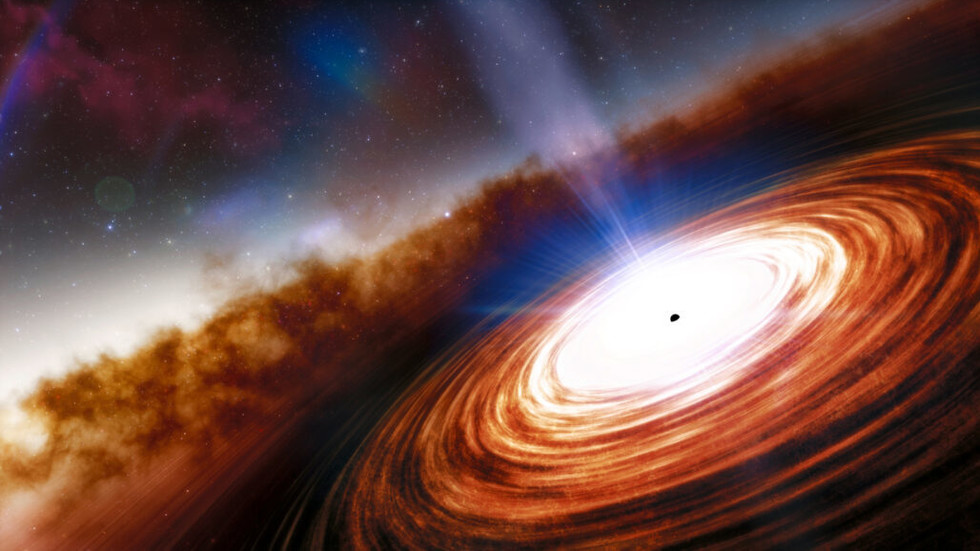In a remarkable feat, astronomers have discovered the oldest supermassive black hole ever. This extraordinary discovery dates back to the early days of the universe and fuels the most distant quasar known to date.
The supermassive black hole weighs a mass equivalent to a total of 1.6 billion suns. It dates back 670 million years after the Big Bang, when the universe was just five percent of its current age.
A black hole is at the center of the first false star ever discovered. Quasars are the bright core of an active galaxy. Its strong glow is created by unusual amounts of energy released from the gas falling towards the supermassive black hole at its center.
The quasar is located 13.03 billion light-years from Earth, making it the most distant quasar ever discovered. The distant quasars are essential for understanding the nature of the early universe. They provide insights into the formation of black holes and massive galaxies in this period.
This object is the first of its kind to show evidence of a wind gush of extremely hot gas escaping from the periphery of a black hole at one-fifth of the speed of light.
Astronomers have also observed intense star-forming activity in the galaxy where the quasar is located.
The extraordinary size of the black hole and the fact that it dates back to a very early age in the universe challenges the current scientific understanding of how these cosmic giant planets formed.
Supermassive black holes are thought to grow from smaller black holes that devour matter. University of Arizona researchers calculated that even if a black hole seed formed right after the first stars in the universe and grew as fast as possible, it would need a starting mass of at least 10,000 suns.
This is simply too fast for current models of how black seeds form, which is caused by the collapse of massive stars.
“This is the first evidence of how a supermassive black hole affects the host galaxy around it,” The newspaper’s lead author Fiji Wang said.
“From observations of less distant galaxies, we know this should happen, but we didn’t see it happen very early in the universe.”
Researchers hope to learn more about the quasar and the black hole through future observations, especially with NASA’s James Webb Space Telescope, which is scheduled to launch later this year.
Also on rt.com
The spectacular “Rose” has cut into star-forming regions surrounded by the distant supermassive black hole
Think your friends will be interested? Share this story!

“Appassionato di alcol. Piantagrane. Introverso. Studente. Amante dei social media. Ninja del web. Fan del bacon. Lettore”.

